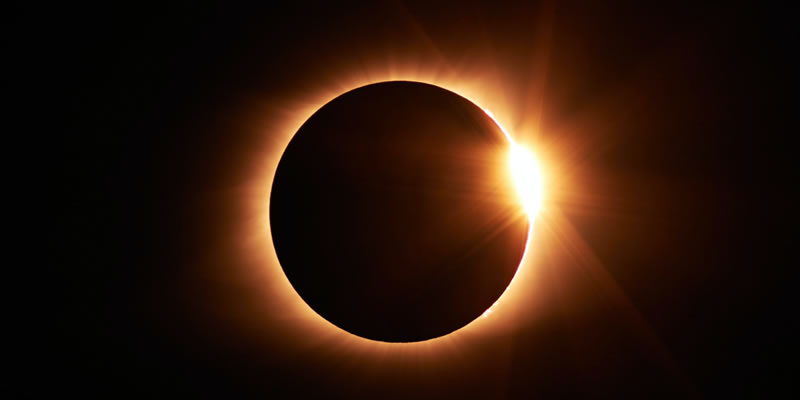 Web Content Display
Web Content Display

Solar Eclipse
Tab Menu
 Web Content Display
Web Content Display
Intensive ultra-violet radiation (290nm - 380nm), visible light (380nm - 780nm) and infrared radiation (780nm - 1400nm) can be damaging to our eyes. Ultra-violet light is known to contribute to the accelerated aging of the outer layers of the eye and the development of cataract. While intense visible light damages the eyes' photosensitive cells, thereby impairing their photo-sensory functions, infrared radiation literally cooks the sensitive tissues in the eyeball, and can precipitate the formation of small blind areas in the retina in extreme cases.
Though the sun may look dim, especially through filters, indicating that most of the visible light is blocked out, the invisible ultra-violet and infrared radiation can still reach our eyes unabated. As pain receptors are absent in our retinas, we may not feel immediate pain while our eyes are being injured. Worse still, symptoms of visual impairment will begin to appear hours after irreparable damage has already been done.
A solar filter can be regarded as "safe" if it is able to filter at least 99.9997% of visible light and most of the infrared and ultra-violet radiation.
 Web Content Display
Web Content Display
- Do not look at the Sun directly;
- Do not look at the Sun through smoked glass, exposed films, ink or sunglasses; and
- Do not look at the Sun continuously for over a minute. Let the eyes have enough rest from time to time.
 Web Content Display
Web Content Display

- Join the Solar Eclipse Observation Activities organized by the Hong Kong Space Museum or local astronomical organizations;
- Use a telescope equipped with safe light filtering system. The observation should be carried out under the supervision of persons with proper training and expertise. Of the two kinds of filtering systems, filtering the Sun's rays before they enter the telescope is safer than filtering the Sun's rays after they enter the telescope. Projection method is by far the safest way to observe the Sun;
- Observe the Sun with a pinhole projector; and
- Use plastic plates specially made for observing Solar Eclipses.
 Web Content Display
Web Content Display
Material
Pinhole projector printable template, Scissors, Glue or tape, Needle, Colored pen
Procedures
- Cut the template along the black lines and cut out a small rectangular hole afterward. Don't forget to poke a pinhole.
- Decorate the pinhole projector by drawing your favorite pattern on it. (Optional)
- Make mountain folds along all the lines and put some glue or tapes on the flaps.
- Form the template into a box, and it is now completed!
How to use
Direct the pinhole projector towards the Sun so that sunlight can be projected on its bottom through the hole. Can you observe the projection of the Sun from the box? How will it change during the Solar Eclipse?
